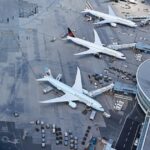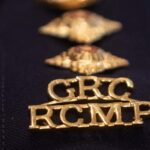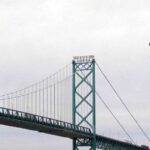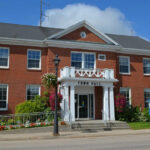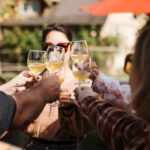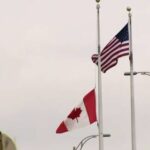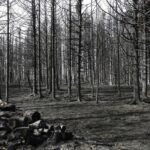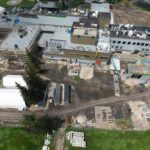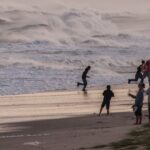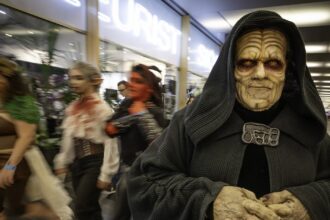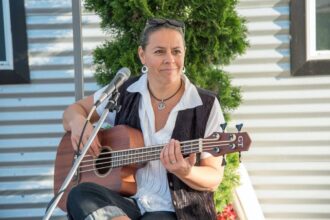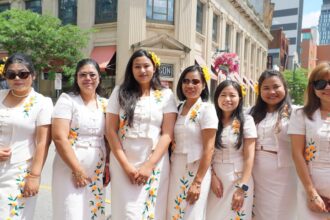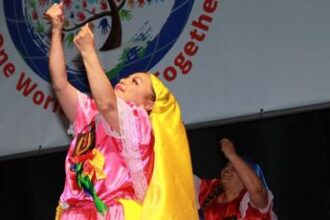In the heart of Edmonton’s bustling downtown core, an unassuming art installation has been quietly changing how strangers interact with one another. Now, this deceptively simple creation is capturing international attention, proving that sometimes the most profound public art isn’t about grandeur—it’s about connection.
“Talk to Each Other,” a minimalist installation created by Calgary-based artistic duo Lane Shordee and Caitlind Brown, has been shortlisted for the prestigious Global Public Art Award, placing Edmonton firmly on the world cultural map. The installation features two modified park benches positioned face-to-face, with subtle design elements that naturally encourage conversation between strangers—something increasingly rare in our digital age.
“We wanted to create a gentle intervention in public space,” explains Brown during our phone conversation. “Something that doesn’t force interaction but makes it just a little more likely to happen naturally.” This subtle approach seems to be working. Since its installation last year, thousands of Edmontonians have found themselves engaged in unexpected conversations with fellow citizens they might otherwise never have met.
What makes this recognition particularly fascinating is how it challenges conventional notions of what constitutes “award-worthy” public art. Unlike monumental sculptures or dazzling technical displays that dominate many urban landscapes, “Talk to Each Other” embraces restraint. Its power lies in human interaction rather than visual spectacle.
The installation has become something of a phenomenon on social media, with hundreds of posts documenting chance encounters and unexpected connections. One particularly moving story involves two elderly neighbors who discovered they had lived on the same street for fifteen years without ever speaking until they randomly sat at the installation together.
The irony that this celebration of face-to-face interaction has found fame partly through digital channels isn’t lost on the artists. “There’s something beautifully circular about it,” Shordee notes. “People document these genuine moments of connection online, which then inspires others to seek out the experience in person.”
Edmonton’s Chief Urban Designer, Maya Hutchinson, sees the installation’s success as validation of the city’s evolving approach to public space. “We’re moving beyond thinking of public art as merely decorative,” she explains. “The most successful pieces actively shape how people experience their city.”
The nomination places the Alberta installation alongside finalists from global cultural centers including Barcelona, Seoul, and Melbourne. The winner will be announced at a ceremony in London this September, with the €50,000 prize potentially funding future collaborative projects.
For those interested in experiencing this phenomenon firsthand, the installation can be found at Churchill Square, where it will remain permanently installed regardless of the competition outcome. Edmonton’s CO24 Culture section will feature extended interviews with the artists next week.
What’s perhaps most remarkable about “Talk to Each Other” is how it has transcended its physical form to become something more akin to a social experiment than a static artwork. In an era where urban planners worldwide grapple with creating meaningful public spaces that combat loneliness and social isolation, this unassuming Alberta creation offers a compelling blueprint.
As cities increasingly compete for cultural relevance on the global stage, Edmonton’s recognition suggests that sometimes the most impactful public investments aren’t the most visually spectacular. In the competition for attention between urban centers, perhaps the most revolutionary approach is creating spaces that simply help us see each other as human.
Whether or not the Calgary artists bring home the global prize this fall, their work has already achieved something far more valuable—it has reminded us that in our hyper-connected digital world, the most revolutionary act might simply be talking to the stranger beside us.



